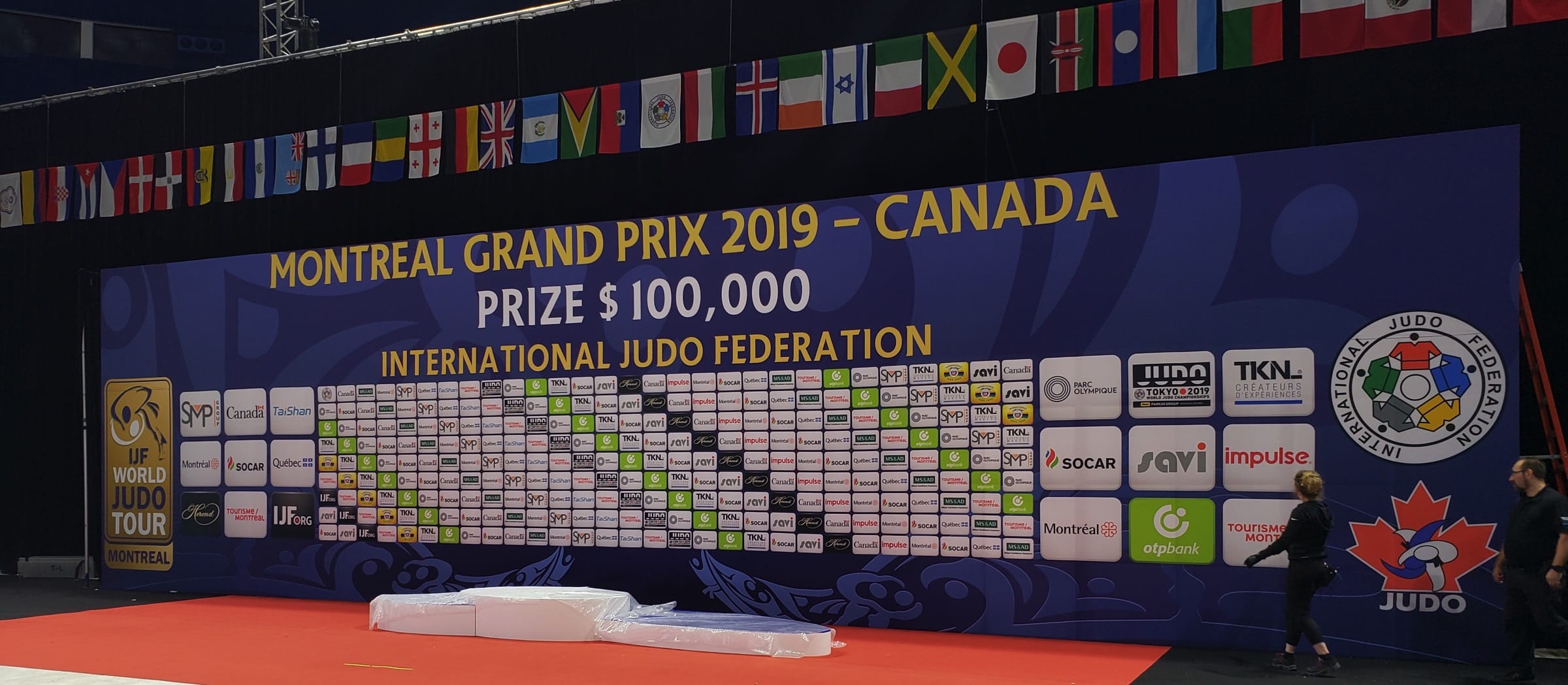According to the North American Industry Classification System (NAICS), M&M Graphic is registered under the code 32311, which corresponds to the following definition: “Printing and related activities”. This description is rather vague because it does not specify the specific type of impression of the company.
This class includes five (5) sub-categories, namely the following:
1- 323113: Commercial screen printing;
2- 323114: Instant printing;
3- 323115: Digital printing;
4- 323116: Printing business forms in bundles;
5- 323119: Other printing activities.

Of these, the subcategory that best represents M&M Graphic is 323115: Digital Printing. Unfortunately, there is no subcategory that specifies “Sublimation printing”, which is why “Digital printing” is the closest thing to representing the company well. The “Digital printing” subcategory is still very broad, as it includes several printers with different specializations.
Here is the full definition of this subcategory:
323115 – Digital PrintingUS
This Canadian industry comprises establishments primarily engaged in providing digital printing services. These establishments use computer-controlled non-percussion machines (electrostatic, ink-jet or spray). The image to be printed is introduced into the machine as a computer file (and not simply scanned and then digitized by the printer itself). Establishments in this Canadian class are usually very well equipped to perform pre-press tasks, such as specialized scanners and color separation machines. In general, the main products of these establishments are the printing of high-resolution graphic documents.
Illustrative example(s)
– digital printing workshops (e.g. billboards, large format and high resolution graphic documents)
Exclusion(s)
– printing using simple electrostatic machines, such as desktop photocopiers (See 561430 Business service centres)

The “Printing and related activities” coding includes all types of printing, except digital printing that uses simple electrostatic machines, such as office photocopiers, as specified in the descriptive text above.
Therefore, all of the following types of printing are included in this category: flexography, commercial screen printing, lithography, inkjet printing, direct UV ink printing, solvent printing, and sublimation printing. The latter, sublimation printing, is the only printing technique that transfers the image before the ink touches the final medium, in this case, the fabric.
The definition of sublimation printing is as follows:
“The first step is to print on transfer paper with water-based inks. Then, the heat transfer takes place on a calender where the ink passes from the paper to the fabric. The ink is now an integral part of the fabric, which can then be washed without altering the color. »
Did you know ?
Since its advent in 1997, NAICS has replaced the existing classification in each country, namely the Standard Industrial Classification (1980) of Canada, the Mexican Classification of Activities and Products (1994) and the Standard Industrial Classification (1987) of United States.